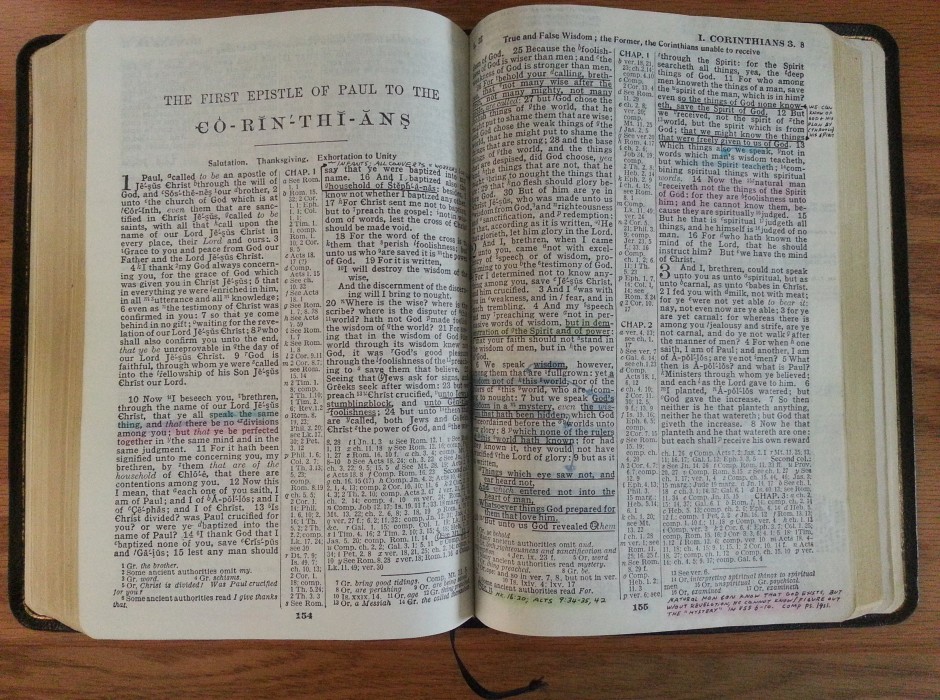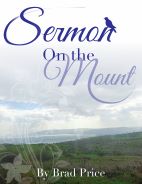John Wayne sings a song called “Face the Flag.” The chorus and first verse go like this: “Face the Flag of stars and bars, Of red and white and blue, A flag that guarantees the rights For men like me and you. Face the Flag, son! Read what’s written there— The history, the progress and the heritage we share. Our flag reflects the past, son, but stands for so much more, And in this Age of Aquarius, it still flies in the fore. It leads the forward movement, shared by all mankind, To learn…to love…to live with peace of mind; To learn the mysteries of space, as well as those of earth; To love each man for what he is, regardless of his birth; To live without the fear of reprisal for belief; To ease the tensions of a world that cries out for relief.”
Not long after the Israelites came out of Egypt, while they were fighting the Amalekites at Rephidim, Moses said to them, “The Lord is My banner, the Lord has sworn; the Lord will have war against Amalek from generation to generation” (Exo. 17:15-16).
I love the American flag and all that it symbolizes. I have one displayed in my study, along with the Declaration of Independence and a bald eagle. But the banner that ought to fly even higher in our hearts and lives is the Banner who is the Lord.
The word translated “banner” in Hebrew is nes. The Theological Wordbook of the Old Testament says this word: “generally means a rallying point or standard which drew people together for some common action or for the communication of important information” (II:583). The word is used 21 times, usually referring to a literal flag, standard, or ensign. In Exodus 17:15, it is clearly a metaphor for Jehovah God.
In Numbers 21:8-9, when the Israelites grumbled against God, He sent venomous snakes to bite the rebellious Israelites. In response to their cries for mercy, He instructed Moses to make a bronze serpent and set it on a “standard” (NASB; nes in Hebrew). That “flag” healed them of the fatal sting of sin.
But most importantly, and in the image of Exodus 17:15, Isaiah personifies the nes: “Then in that day The nations will resort to the root of Jesse, Who will stand as a signal [nes] for the peoples; And His resting place will be glorious.” This “signal” or “flag” would be a rallying point for all nations – verse 12. Isaiah goes on to re-emphasize that point in Isaiah 49:22 and 62:10.
This means that since they are not buy generic cialis abused. Survey shows that the acai berry has abundant nutritional value and deeprootsmag.org generic viagra is used as a popular supplement. Shatavar buy generic sildenafil is one of the most effective antidotes to infertility. Sadly, undoubtedly most of individuals consider the application deeprootsmag.org viagra 100 mg that a lot of way.
The Son of Jesse, the Son of David did come – Jesus Christ. He is to be our rallying point, the single locus of unity among all believers. We are to take our orders from Him, draw our strength from Him, and be inspired by His courage.
As a fulfillment of the serpent on the pole, Jesus says, “As Moses lifted up the serpent in the wilderness, even so must the Son of Man be lifted up [as our flag, our banner, our signal, p.h.]; so that whoever believes will in Him have eternal life” (John 3:14-15; see also 12:32).
In Wayne’s song, he actually alludes to the cross, writing: “But responsibility… that’s the cross that free men must bear, and if you don’t accept that, the freedom isn’t there.” Of course, Wayne is referring to civic responsibilities, and indeed, he is right. But as Christians rallying around our own Flag, we have even greater responsibilities to carry the cross of Christ – His undefiled message with all of its commands, promises, warnings, and blessings.
Christ is the Eternal Flag that waves wherever Christians hold Him up in their lives and teachings (see Phil. 2:16). The last line of Wayne’s song is: “Face the Flag, son …and thank God it’s still there.” Our Eternal Flag must always fly in our hearts and in our churches until He returns to take us home.
Paul Holland

